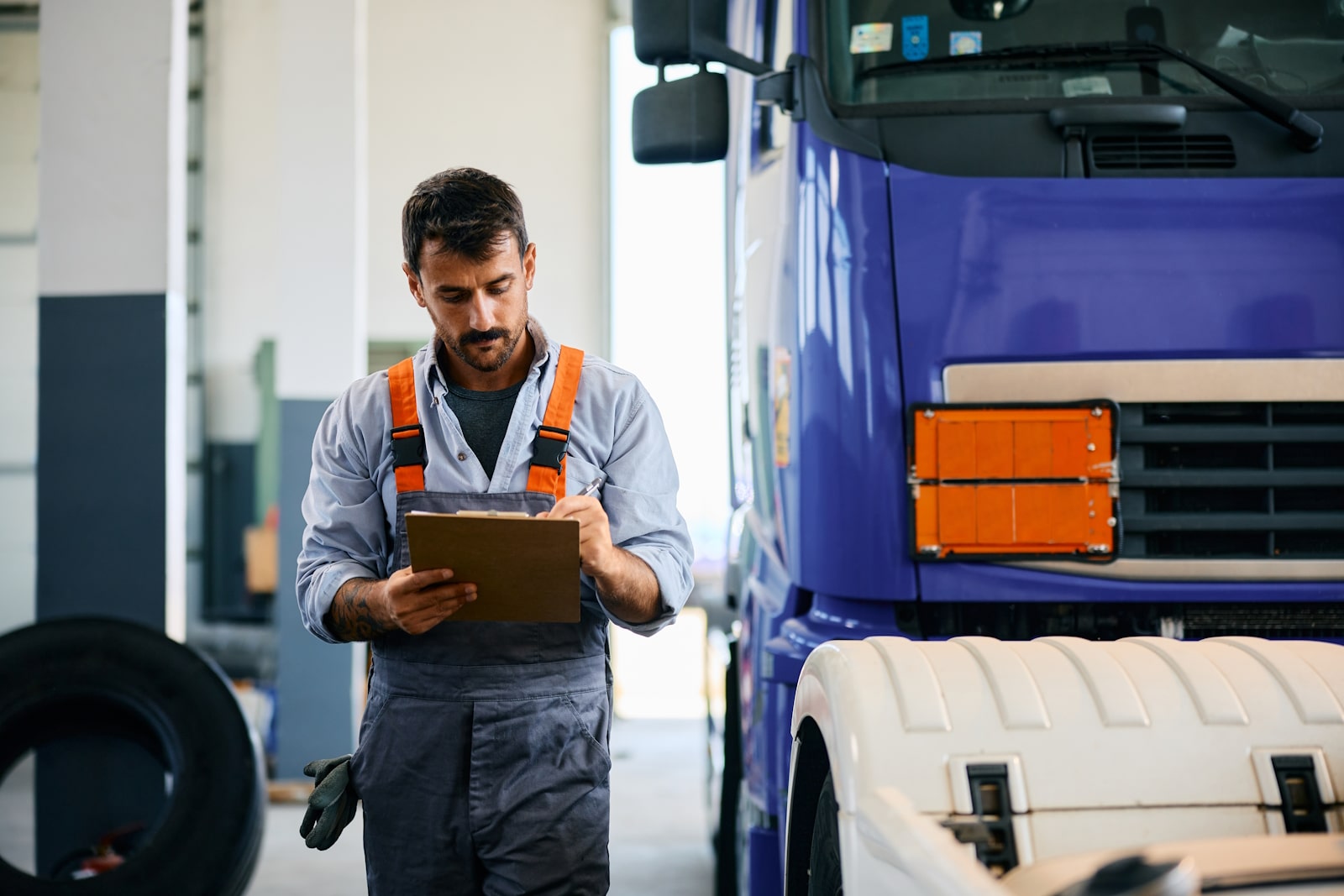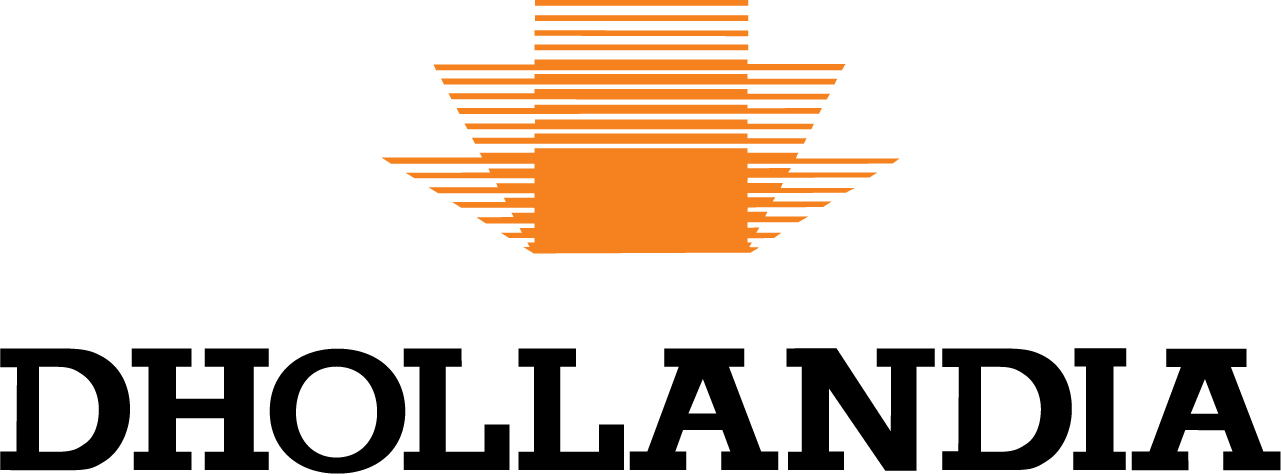
A Guide To What Tail Lift is Best for Logistics
When it comes to logistics in South Africa, choosing the right tail lift can have a significant impact on efficiency, safety, and overall productivity. From delivering pallets across Johannesburg to handling heavy construction materials in Durban, a well-selected tail lift ensures that goods are loaded and unloaded quickly, safely, and without unnecessary strain on workers. A high-quality tail lift can also reduce operational costs by enabling heavier and more efficient loads, minimising the number of trips needed, and improving fuel efficiency.
Understanding the specific needs of your business, including vehicle type, cargo weight, and delivery environment, is key to making the right choice. This guide explores different tail lift types, benefits, and practical advice, alongside insights into services offered by Dhollandia SA, so logistics businesses across South Africa can make informed decisions that improve their operations.
What is The Role of a Tail Lift in Logistics?
Tail lifts are hydraulic or mechanical platforms mounted on the rear of trucks or vans to simplify loading and unloading of heavy items. They reduce the need for manual lifting, improving safety for workers and speeding up delivery times. In South Africa, where long distances and varied road conditions are common, a tail lift provides a reliable solution for maintaining smooth logistics operations.
Businesses that frequently handle bulky or heavy items, from retail deliveries to beverage pallets, benefit from the versatility and safety of tail lifts. With capacities ranging from 500 kg for panel vans to over 3,000 kg for larger trucks, and features like anti-slip surfaces and tilting platforms, these lifts ensure that different types of cargo can be managed efficiently.
Key Features of Tail Lifts in Logistics:
- Load capacities suitable for light vans to heavy-duty trucks
- Anti-slip platforms and guardrails for worker safety
- Hydraulic or mechanical operation for consistent performance
- Tilt or extendable platforms for irregular loads
- Flexible installation for various vehicle types
Tail lifts not only enhance safety and efficiency but also reduce operational costs by allowing larger payloads per trip. This efficiency translates into fewer trips, lower fuel consumption, and reduced wear on vehicles, making tail lifts a smart investment for South African logistics companies aiming to optimise both safety and profitability.
Types of Tail Lifts for Different Logistics Needs
There are several tail lift types, each designed to meet specific operational requirements. Standard upright platform lifts are mounted at the rear and are ideal for businesses needing frequent loading and unloading, such as courier services or beverage distribution. These lifts provide consistent performance and are suitable for multi-shift operations.
Tuck-away or slider lifts are installed under the vehicle and slide out when needed. They are excellent for urban deliveries where space is limited or vehicle height restrictions apply. These lifts maintain load capacity while providing a low-profile design that does not interfere with vehicle clearance.
Cantilever lifts extend beyond the rear of the vehicle, allowing access to cargo from multiple sides. They are particularly effective for irregular loads or oversized items, improving efficiency in busy delivery environments.
Standard platform, tuck-away, and cantilever lifts all offer advantages depending on cargo type and delivery environment, making it crucial to match the tail lift type to your specific logistics needs for maximum efficiency and safety.
What are the Benefits of Using a Tail Lift in Logistics?
Investing in a tail lift offers multiple advantages for logistics operations. Firstly, it significantly improves safety by reducing the physical strain of manual lifting. This is particularly relevant for South African companies, as workplace injuries from manual cargo handling are a common concern.
Secondly, tail lifts save valuable time. By speeding up loading and unloading, companies can complete more deliveries per day and reduce turnaround times. This is critical in urban areas such as Cape Town or Johannesburg, where frequent stops and traffic congestion can affect schedules.
Key Benefits of Tail Lifts:
- Enhanced workplace safety and reduced injuries
- Faster loading and unloading times
- Versatility for a variety of cargo types and sizes
- Reduced operational costs by maximising load per trip
- Consistent and reliable performance
Tail lifts improve operational flexibility and cost efficiency. They allow businesses to handle diverse cargo safely, reduce labour requirements, and optimise vehicle utilisation, making them a vital component of modern logistics in South Africa.
Choosing the Right Tail Lift for Your Vehicle
Selecting the right tail lift depends on several factors, including load capacity, platform dimensions, and operational requirements. Ensuring the lift can handle the heaviest items your business regularly transports is critical for safety and durability.
The type of control system is also important. Wired remote or pendant-style controls offer precision and safety, particularly for heavy loads, while the choice of hydraulic or mechanical operation affects maintenance requirements. Platform size and vehicle clearance should be carefully considered to avoid issues during loading.
Factors to Consider When Choosing a Tail Lift:
- Maximum load capacity of the lift
- Platform dimensions suitable for your cargo
- Type of control system (wired remote, pendant)
- Vehicle compatibility and installation options
- Maintenance requirements and ease of access
Choosing the right tail lift ensures safety, efficiency, and cost-effectiveness. It is an investment that protects workers, optimises delivery operations, and supports long-term business growth.
Need Assistance? Meet Dhollandia SA
Dhollandia SA provides a wide range of tail lifts with capacities from 150 kg to 16,000 kg, catering to light vans as well as heavy-duty trucks. Their lifts are available in hydraulic, mechanical, and electrical options, allowing businesses to select solutions tailored to their specific logistics needs.
In addition to supply, Dhollandia SA offers full-service packages including maintenance, repairs, and a 24-hour national breakdown service. Their expert team ensures minimal downtime and maximises the longevity of each tail lift, providing peace of mind for businesses that rely on timely deliveries.
Dhollandia SA Service Highlights:
- Comprehensive maintenance and repair services
- 24-hour national breakdown support
- Expertise in installing and servicing diverse tail lift types
- Customer-focused support with personalised solutions
- Knowledgeable team with over 20 years of combined experience
With their combination of international technology and local expertise, Dhollandia SA helps South African logistics businesses maintain reliable and efficient operations. Their focus on safety, quality, and service ensures that tail lifts perform optimally in every application.
What are the Maintenance and Safety Considerations?
Proper maintenance of a tail lift is essential for safety and performance. Regular inspections, lubrication of moving parts, and adherence to the manufacturer’s schedule prevent breakdowns and prolong lift lifespan, especially when operating in challenging South African road and weather conditions.
Safety protocols are equally important. Operators should wear protective gear, follow correct control procedures, and implement lockout/tagout processes during maintenance. Proper training reduces accidents and ensures compliance with occupational health and safety regulations.
Tail Lift Maintenance Tips:
- Check for leaks, wear, or damage frequently
- Lubricate moving parts and maintain hydraulic fluid levels
- Follow manufacturer maintenance schedules
- Train operators in safe use and emergency procedures
- Address common issues like slow performance or hydraulic faults promptly
Adhering to maintenance and safety best practices maximises efficiency, protects workers, and reduces unexpected downtime, allowing logistics operations to remain reliable and cost-effective.
Types of Tail Lifts for Vehicle Applications
For specific vehicle applications, different tail lift designs provide targeted solutions. Standard upright platform lifts are widely used for panel vans and medium trucks, making them suitable for urban courier services or multi-pallet deliveries.
Tuck-away lifts are ideal for vehicles with limited rear clearance, retracting under the chassis to preserve vehicle height while still providing heavy load capabilities. Cantilever lifts are useful for uneven or oversized loads, commonly seen in construction and industrial transport, as they extend beyond the vehicle’s rear for easier access.
Selecting the correct type ensures efficient cargo handling while maintaining safety, especially in high-demand logistics scenarios such as warehousing, food and beverage distribution, or construction material delivery.
Future Trends in Tail Lift Technology
Tail lifts are evolving with electric and hybrid options, which offer lower emissions and improved fuel efficiency. Electric lifts provide zero emissions and up to 2,000 kg lifting capacity, while hybrids combine fuel and battery power for heavier loads and longer operating periods, aligning with sustainable practices.
Telematics and IoT integration allow real-time monitoring of lift performance, predictive maintenance, and route optimisation. Automation in material handling, such as robotic-assisted loading, further improves efficiency and reduces physical strain on workers, ensuring that logistics operations can scale safely and efficiently.
The adoption of these technologies helps South African logistics businesses reduce operational costs, maintain safety standards, and improve delivery reliability, supporting sustainable and competitive operations across the country.
Why Choose The Right Tail Lift?
Choosing the right tail lift is essential for logistics businesses in South Africa. From enhancing workplace safety to reducing operational costs, the correct tail lift ensures faster, safer, and more efficient loading and unloading across various delivery environments. Understanding the differences in lift types, capacities, and operational features helps businesses make informed decisions tailored to their specific needs.
At Dhollandia SA, we combine high-quality tail lift technology with local expertise and exceptional customer service. Our team is dedicated to providing reliable solutions, maintenance, and support for all types of tail lifts. Get in touch with us today to discover the lift best suited to your business and experience the benefits of professional guidance, efficient solutions, and long-term reliability.
